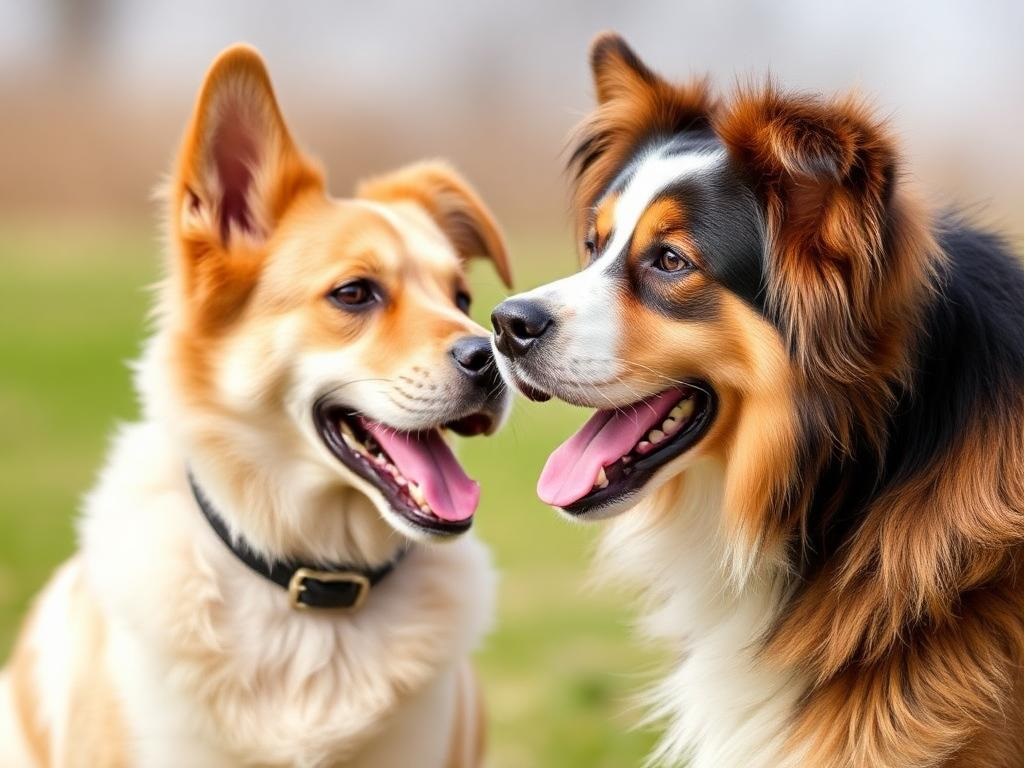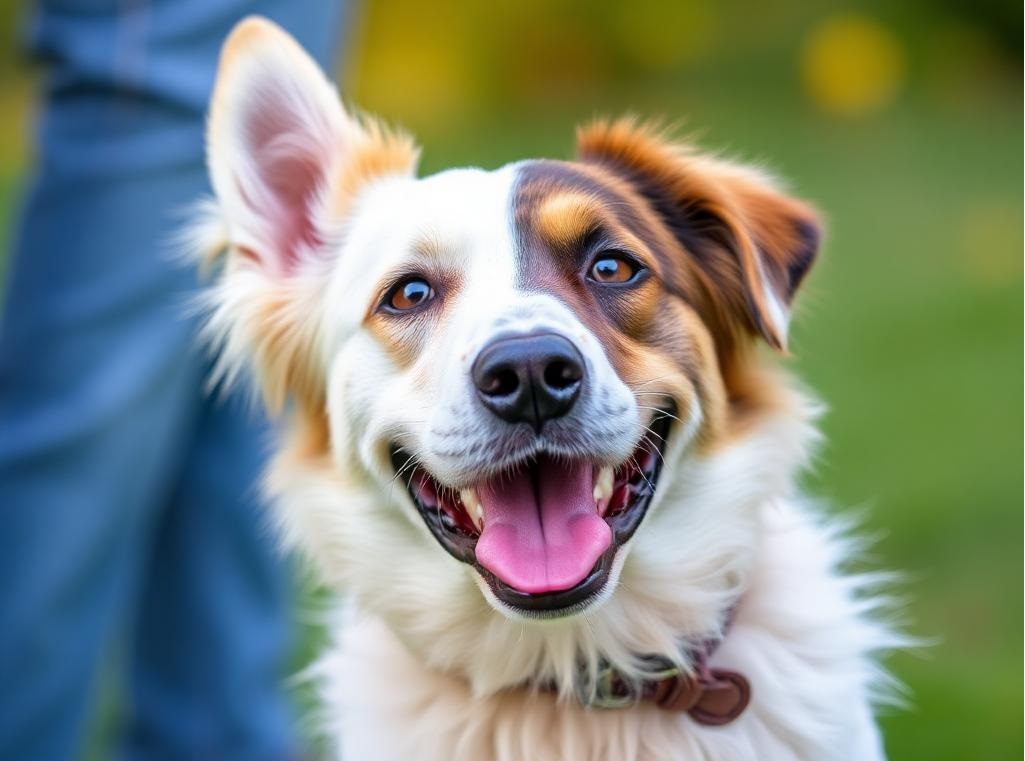How Do Dogs Communicate?
How Do Dogs Communicate? Understanding the Meanings Behind Barking
Dogs are remarkable creatures with their own unique ways of communicating. While they can’t use words, their barks, howls, growls, and body language reveal a lot about their emotions and intentions. Let’s explore some of the most frequently asked questions about dog communication and the meanings behind their vocalizations.

Can Dogs Really Talk?
No, dogs cannot speak in words. However, they express themselves effectively through barking, howling, growling, and body language. These forms of communication serve as their “language” and help them connect with humans and other animals.
Why Do Dogs Bark All the Time?
Constant barking can have several causes:
- Seeking Attention: Dogs often bark to get their owner’s attention.
- Loneliness: Being left alone for extended periods can lead to excessive barking.
- Fear or Anxiety: Unfamiliar sounds or environments may trigger barking.
- Excitement: Meeting new people, seeing other animals, or anticipating a treat can make dogs vocal.
- Territorial Instincts: Dogs often bark to warn strangers and protect their space.
Understanding the context is crucial to addressing the root cause of frequent barking.

Why Does My Dog Bark at Night?
Nighttime barking is a common issue, and the reasons often include:
- Environmental Triggers: Noises or movements outside can startle a dog.
- Loneliness: Dogs left alone may bark to express their need for companionship.
- Discomfort or Fear: If your dog feels unsafe or uncomfortable, barking might be their way of signaling distress.
To reduce nighttime barking, create a secure and comfortable sleeping space for your dog.
What Does the Tone of Barking Mean?
The tone of a dog’s bark can give insight into its emotional state:
- High-pitched and Continuous Barking: Indicates danger or serves as an alert.
- Short and Sharp Barking: Reflects excitement or happiness.
- Deep and Threatening Barking: Suggests fear or territorial protection.
By paying attention to the tone and context, you can better understand your dog’s needs.

Why Do Dogs Howl?
Howling is an instinctive behavior inherited from wolves. Common reasons include:
- Loneliness: Dogs howl to express isolation or to call out to others.
- Communication: It’s a way to connect with other dogs or respond to sounds like sirens.
- Attention-Seeking: Some dogs howl simply to get noticed.
What Does It Mean When My Dog Growls?
Growling can have multiple meanings, depending on the situation:
- Discomfort or Threat Perception: Growling often signals that the dog feels uneasy or threatened.
- Playfulness: Some dogs growl during play as a part of their excitement.
Always observe your dog’s body language to understand the reason behind the growl.
Are Dogs Always Happy When They Wag Their Tails?
Not always. While tail wagging is commonly associated with happiness, the position and speed of the wag are critical:
- Fast Wagging at a Mid-Level Position: Indicates excitement or happiness.
- Slow Wagging: May signal uncertainty or stress.
- Low and Stiff Wagging: Suggests fear or submission.

Why Does My Dog Cry When Left Alone?
Separation anxiety or loneliness often causes dogs to whimper or cry when alone. To alleviate this behavior:
- Strengthen your bond with regular quality time.
- Provide engaging toys or puzzles to keep your dog occupied.
- Gradually train them to feel comfortable being alone.
Do Dogs Bark Differently at Different People?
Yes, dogs adjust their barking depending on the person they encounter:
- Familiar People: Barking may be more excited and joyful.
- Strangers: Barking is often more alert or warning in nature.
This variability is part of their instinct to assess potential threats and welcome trusted individuals.
How Can I Control Excessive Barking?
To manage excessive barking:
- Identify the Cause: Understand whether it’s fear, boredom, or a need for attention.
- Provide Exercise: Regular physical activity helps burn off excess energy.
- Use Training Techniques: Teach commands like “quiet” or “silent.”
- Seek Professional Help: If the problem persists, consult a veterinarian or a certified dog trainer.




